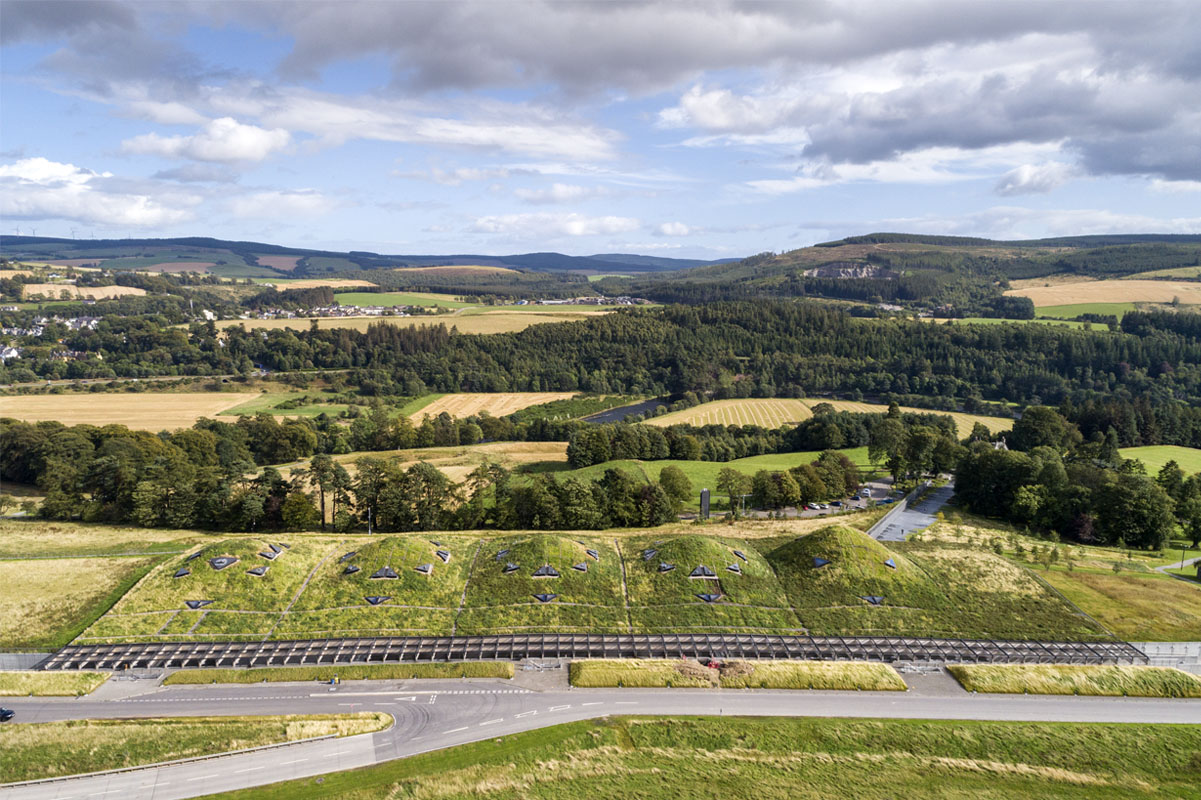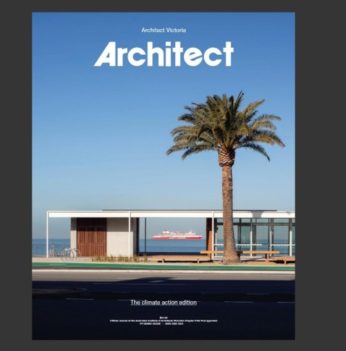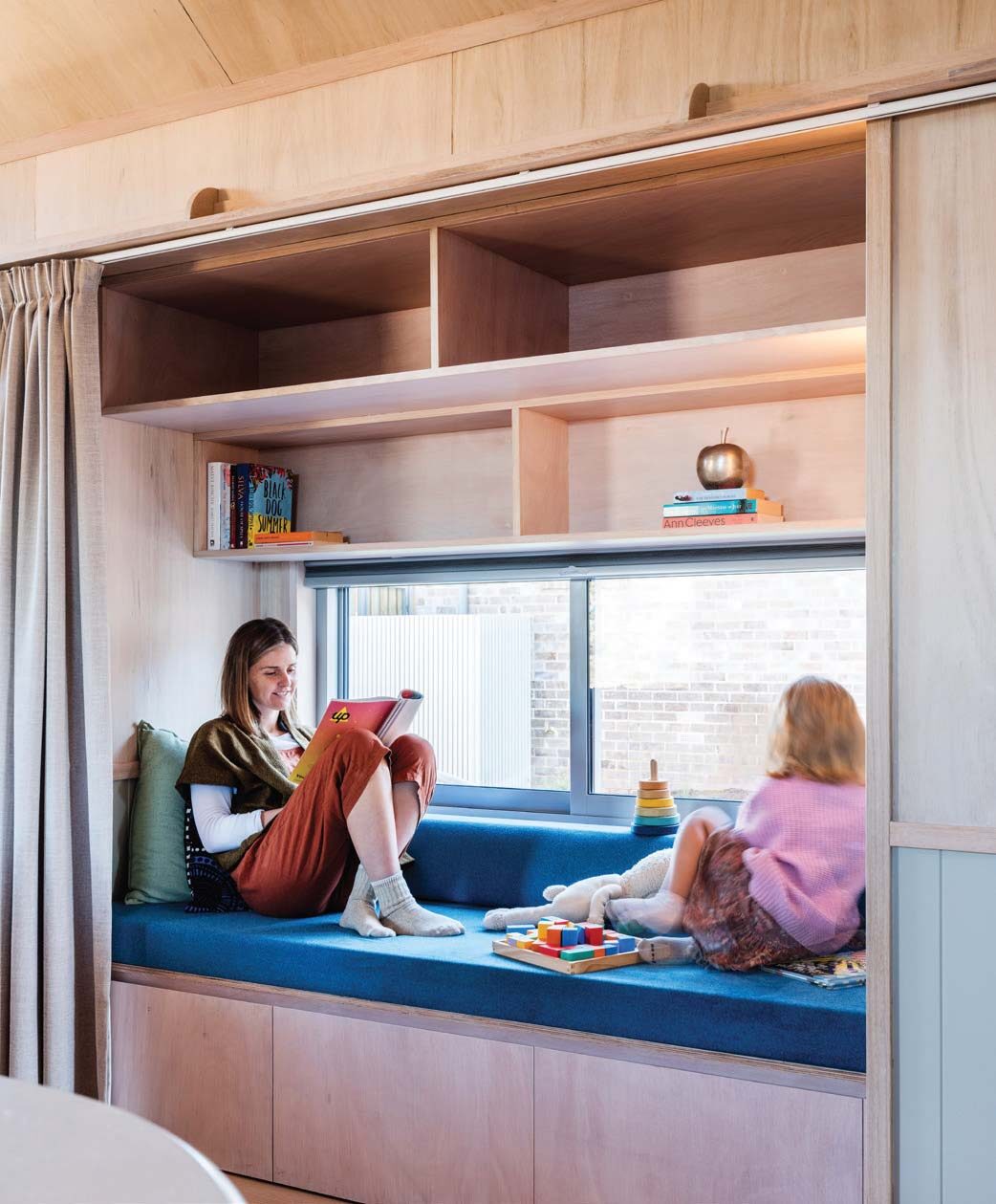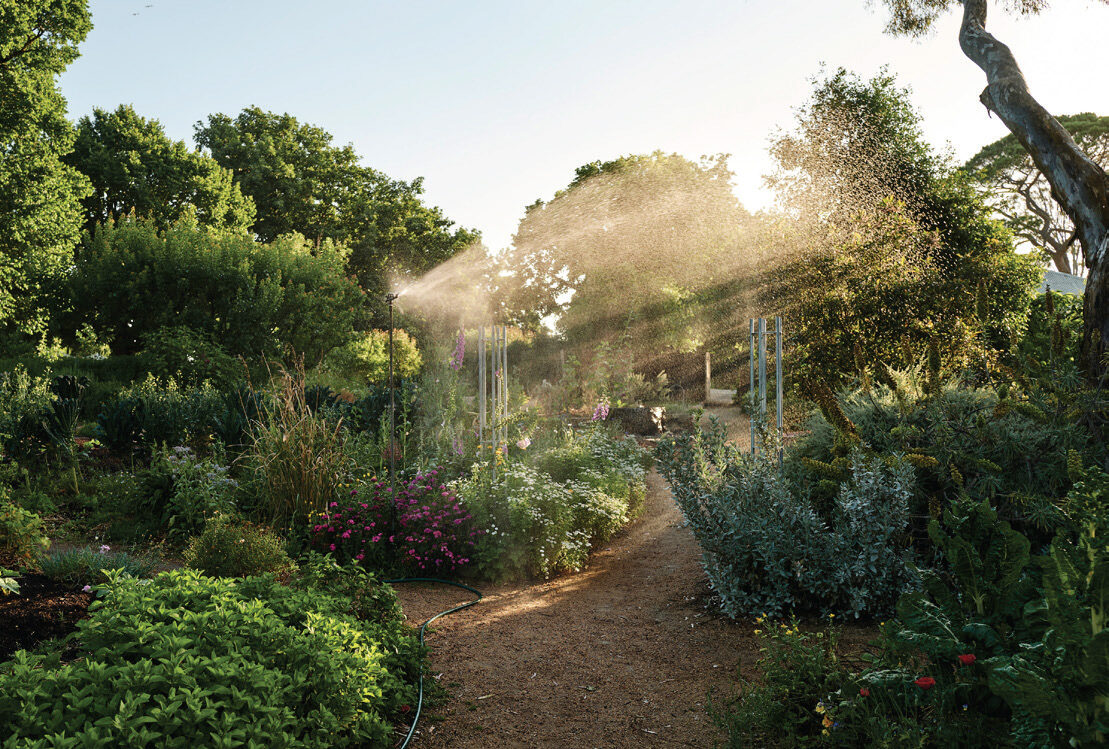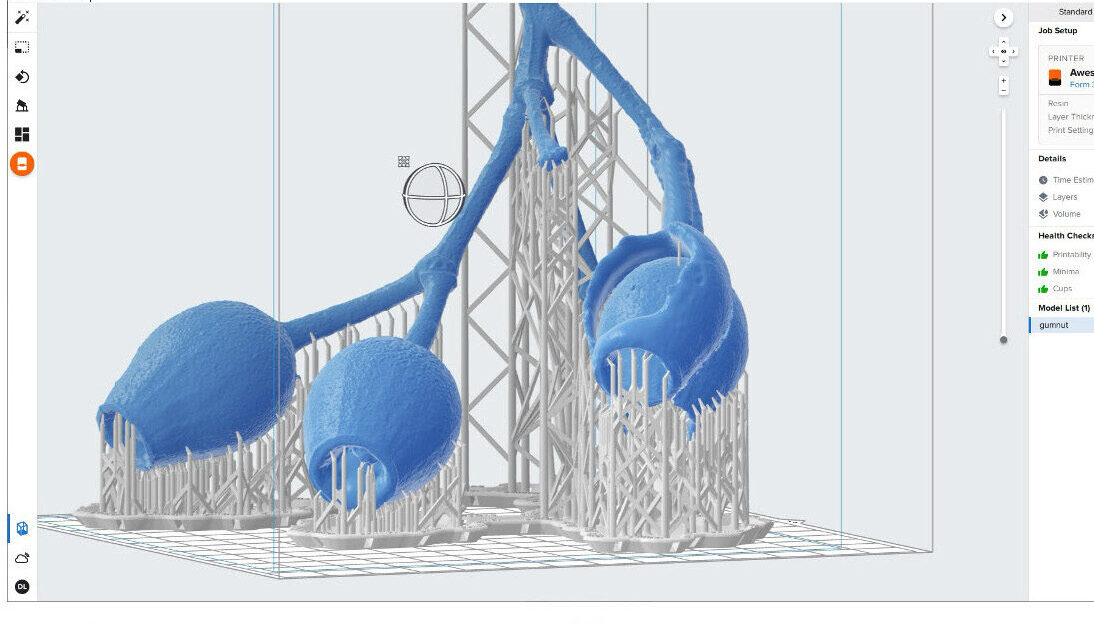THE CHANGING PROFILE OF ARCHITECTURE
What made Rogers Stirk + Partners become founding signatories of Architects Declare?
Ivan Harbour (IH): In terms of city planning, we have been talking for many years about the sustainability of our planet. This is probably exemplified best by Richard Rogers’ participation in the Urban Task Force in the UK, where we promoted the concept of building within our cities and not expanding, not extending, but actually building on what we have, as a more sustainable way of developing, not only our infrastructure in terms of its carbon credentials, but also its social credentials.
We think that these things are all interlinked. Like most architects we build for the future and it is, I think, an architect’s duty to open the client’s eyes to that very fact. If you simply build for today, then your building becomes redundant in that future scenario. Probably within the last 20 years it has been changing, but prior to that it was very, very difficult, unless you had clients willing to understand about future investment. Low-energy buildings that had a flexibility to adapt and change over time seemed to be exclusively reserved for people who were building for themselves, rather than building for others. And so, we’ve had a long history of concerns about trying to push forward the architectural agenda about performance, and in urban design, particularly.
The profile of architecture has changed in the last 30 years, perhaps exemplified in the UK through the Royal Institute of British Architects (RIBA) Stirling Prize. Presented to architects of the building that has made the greatest contribution to the evolution of architecture in the past year. It is judged against a range of criteria including accessibility, sustainability and environmental performance.
We realised that as a group of past recipients we could have a voice that might be heard above the RIBA, who represent us, but have been singularly unsuccessful in pushing this sort of agenda. And so, at the instigation of Steve Tompkins, we took the opportunity. The worrying figures in recent years, particularly in terms of the natural environment spurred us into taking the opportunity as a group to speak and every Stirling Prize winner agreed.
What has changed for you as a practice due to this pledge? How do you work differently now and across your studios?
IH: I think it’s an awareness. I was actually very surprised and delighted at the response within the practice to us signing the declaration. It has made the conversation more open within the practice itself. I don’t think it has changed anything in the way we do things. We’re still asking the same questions, but with renewed vigour, with that statement sitting alongside us.
Part of your commitment is to embed life-cycle costing, whole-life carbon modelling and post-occupancy evaluation in your basic scope of work. What does that look like in practice? And, does that work with clients?
IH: In our scope it sits as an additional service. It is one of the areas where there is less knowledge and as the statement says, we will endeavour to do this. So, it is setting a very high bar. It allows us to make the statement and explain and convince clients that it is a worthwhile thing to do, linked with the end-users, tenants, future tenants and their understanding of what they wish to see. That is what is changing more rapidly now. We have the tools to do it, so this is the first step, which is getting the mindset right.
Avtar, how does your experience of working in Australia differ from working in the UK or other countries?
Avtar Lotay (AL): The experiences are similar. Barangaroo was the first large-scale project in Australia for me. We had the pleasure of working with Lendlease who had a sophisticated approach to the sustainability agenda set by the New South Wales State Government. What came out of Barangaroo was an approach to a city-making and city-changing project. The approach meant that many sustainability initiatives could be built in because of the scale of the project. If nine or ten different plots had been developed individually, the singular approach to central servicing and waste management, and pedestrianisation of the ground plane would probably never have happened. Sustainability initiatives incorporating and promoting these with the occupiers and how the precinct is managed post- occupation created a community of like mindsets, a very high bar was set.
Architects Declare, as Ivan mentions, is a reinvigoration of our sensibilities into sustainable design and the importance of biodiversity. It is a case of continuing to communicate that to clients who are interested and through explanation can see a potential value proposition over a longer term. Given the current circumstances, and the rate of reaction (compared to the pandemic), how do you align those mindsets sooner rather than later, and is that enough? Can we learn anything from this? Or is it going to be business as usual, which would not be a great outcome for the economic recovery effort.
IH: The biggest challenge, whether it’s mass-house or commercial construction, is where there is little motivation for investment beyond financial year end. It’s been a really big problem in the UK particularly with mass-house builders and their lenders. Permitted land is worth a lot of money in a small country; it is too often banked as value and the market then drip-fed to maximise revenue. In this scenario there is little interest in sustainability in any way. All that’s required is to satisfy building regulations through self-certification and lobby the government to suppress the tightening of requirements. As planned about 15 years ago, by 2016 all new residential buildings were supposed to be carbon neutral and modelling whole-life-cycle impacts. That was quietly suppressed and then disappeared. Architects Declare will only be successful if it gets to government and convinces it to stick to, or accelerate, the tightening of the building regulations. The minimum regulatory requirement has to effectively deliver something which is carbon neutral and eventually move to regenerative.
There is an opportunity particularly now, because we’ve had a little glimpse as to how life could probably be better. And there is an opportunity to take a bold step and set those rules because that could help create an economy which is based around the idea of being regenerative and fixing the planet.
Thank you for being so frank. What is your take on the situation at the moment, do you think we could see a different, say, climate of listening to the science, and acting accordingly?
AL: The dynamic and politics of denial or lack of understanding, even when there is significant scientific evidence, I suspect will continue until a precipice is reached and action becomes an absolute. Looking forward, if our education system was to be much broader, where we raised our current and future generations to be much more aware of and sensitive to the realities of climate change, the importance of not destroying the environment which sustains us and all that which exists within it, and the consequences if you do. You fundamentally have a collective awareness with a passionate belief in an sustainable environmental future and are willing to make the necessary behavioural changes. Once you have got that voice, it influences and demands change. If not, you will always get that dichotomy of those who understand, believe and those who do not. So, how do we all become more cognisant of the fragility of our environment and in turn ourselves? You cannot trash the environment without consequences. We have all the facts and figures, which shows a very dire story in terms of the state of our planet and until that is recognised at all levels, action is limited. Listening to the debate, both back in the UK and here, there is a sense of frustration, which says this is not going anywhere. How can we change that?
Do you think that has changed now?
AL: I think the two tragic events here, the bushfires followed immediately by the pandemic have shifted the focus in terms of what needs immediate attention. Should we reflect on both events, and try and put them into the perspective of the bigger picture of our environment? The consequences of one suggests an insight into the other. Here in Australia we have an amazing, diverse landscape and a unique biodiversity; to see parts of it destroyed and wrecked is tragic. Also, Australia is blessed with so much sunshine, one can begin to put one and one together and get a good outcome if there is a will to do so – mindsets and vested interests would need to change, which I believe will happen hopefully sooner rather than later.
How do you take clients on the journey, including the ones who are not interested, if you have any?
IH: I think all clients are interested. You certainly need the process of explanation, the process of particularly telling clients that you are doing this for the future. Then the question is whether it pays in the short term, which I think can only be resolved by law.
For example, in the UK we have this bizarre situation where if you build new it’s exempt from VAT (value added tax) but if you refurbish, you have to pay VAT, which is 20 per cent, that means your costs are 20 per cent higher. I can understand that if you’re doing the sort of upgrade, which you don’t really need to do like upgrading your kitchen in a house, maybe you should be paying a value added tax. But it doesn’t make sense certainly at the scale, where we should be trying to repurpose buildings to minimise the impact of development. The framework needs to be enough to support us in this event to be neutral or regenerative. The whole economy really should be organised so that it benefits you to be regenerative. It’s of course a simple thing to say, but a complicated thing to do, because it’s so against our consumptive mode. But it’s possible. And I think, we’re pretty inventive as human beings, and there’s a lot of money to be made in being creative in your design process in all fields.
You’ve got so much sun in Australia, you should be exporting solar energy, not coal. It’s a no-brainer. Digging up the ground and selling it to other people is not a sustainable model for any country. Architects Declare is just one very small part of that, but in the context of the pandemic and the bushfires, maybe it is the right moment.
AL: With regard to irreversible climate change and its impact on biodiversity, once it’s gone, it’s gone. You can’t bring it back. Uncontrolled consumptive growth which is not based on some form of circular economy is difficult to make sustainable.
At the heart of Architects Declare is the dual crisis of biodiversity and climate change. How do you respond to these at different scales? On your projects, say from buildings to cities?
IH: Let’s start from an urban planning perspective. Architects don’t see urban planning in the same way as urban planners. We very much think about it as architecture, the physicality of it, more from the end-product view, of what it feels like to be in the city. At that level, clearly it’s about strategies, ensuring that urban planning isn’t led by traffic engineers but reflects this understanding, and a mixed-mode way of getting around the city.
At the complete opposite end of the spectrum I think we now get points in BREEAM (Building Research Establishment Environmental Assessment Method) for having beehives on buildings. I think there’s something rather lovely about the notion that you’re creating a building with nooks and crannies to help support nature. And then, it’s everything in between, such as heat islands and green roofs, which are now well established. You don’t really do flat roofs anymore in the UK that aren’t green. That’s a good news story at one level but natural corridors need a lot more work, understanding that nature needs to be able to get about – for traffic engineers to turn their mind to natural corridors rather than asphalt corridors.
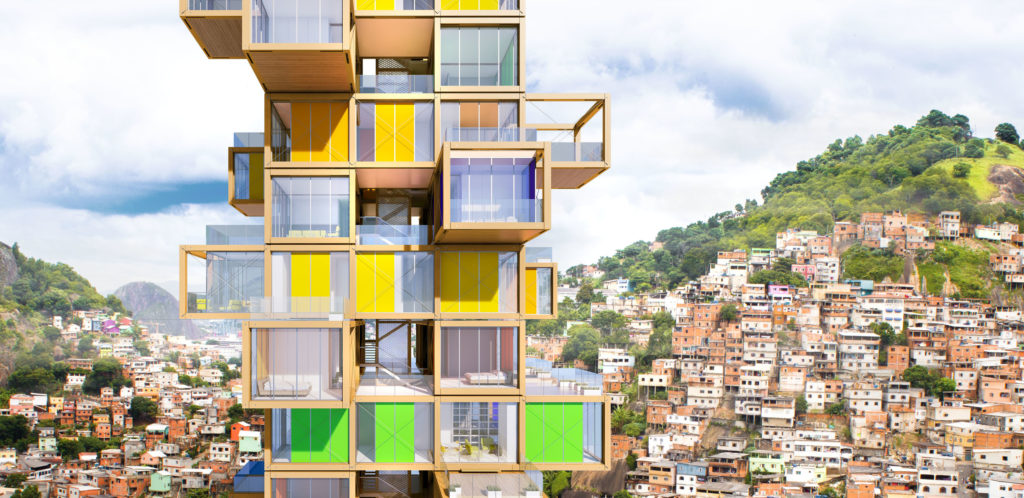
At the heart of Architects Declare is the dual crisis of biodiversity and climate change. How do you respond to these at different scales? On your projects, say from buildings to cities?
IH: Let’s start from an urban planning perspective. Architects don’t see urban planning in the same way as urban planners. We very much think about it as architecture, the physicality of it, more from the end-product view, of what it feels like to be in the city. At that level, clearly it’s about strategies, ensuring that urban planning isn’t led by traffic engineers but reflects this understanding, and a mixed-mode way of getting around the city.
At the complete opposite end of the spectrum I think we now get points in BREEAM (Building Research Establishment Environmental Assessment Method) for having beehives on buildings. I think there’s something rather lovely about the notion that you’re creating a building with nooks and crannies to help support nature. And then, it’s everything in between, such as heat islands and green roofs, which are now well established. You don’t really do flat roofs anymore in the UK that aren’t green. That’s a good news story at one level but natural corridors need a lot more work, understanding that nature needs to be able to get about – for traffic engineers to turn their mind to natural corridors rather than asphalt corridors.
What do you think are the opportunities for architects who seriously embed climate and biodiversity in their practices, or the risks if they don’t?
IH: The risk if you don’t is that people won’t be seeking your services because it will become very important for all clients that designs are carbon neutral or regenerative. So, if you don’t have that knowledge in-house, you risk falling behind. I personally think we’re in a very difficult moment in architecture. Architecture is really about making space and place for people to enjoy and love. So, for me, the opportunity that architecture can evolve aesthetically in response to this huge challenge and move away from a decorative game is a real opportunity. If this all moves forward, as we would love it to, then maybe it is an important moment in history as I guess the advent of Modernism was a reaction to wars that culminated the old age. That would be a very exciting and rather wonderful moment. My belief is that architecture needs to be frugal, straightforward and economical in its use of all things and I’m very disturbed when I see architecture, which although it might be graphically very powerful, is clearly none of those things.
AL: I agree and would add that a broad spectrum of knowledge is required. You have to be broad to make informed decisions and the broader architects can be, the more valuable an asset they will become as part of a wider and better decision-making process.
IH: My sincere hope is Building Information Modelling (BIM), which not many of us fully understand, will allow us to better understand and analyse building performance into the future. Architects, even though they’re quite resistant to using BIM at the moment, understand what’s going on in that three-dimensional world and I do think that fully understanding it will enable us to have more control over the quality and environmental standards achievable for buildings in the future.
In the current health crisis, we’ve seen unprecedented change to the way we live and work within an incredibly short time frame. Which lessons and opportunities do you see for addressing our challenges from that?
IH: Clearly a health challenge is much more immediate. It’s not a long, drawn-out process. The positives are that it’s showing that we can do things. It’s like an open-book assessment. You can see all the pitfalls and problems. Just seeing that democratic process all out in the open, trying to solve a real problem gives us a lot of hope that we could put climate change in place of COVID-19 on the forefront and we could really do good things. We could change the way we think about our world.
AL: Absolutely! And it’s cleared the air, literally, cleared the air in Delhi, it’s cleared the waters in the canals of Venice, which you think I’ll never live to see that. So, while it was unfortunate that it took the pandemic to create the context, it shows that you can make a difference if you shift and do things differently.
That is a wonderful note to finish on. Thank you for your time.
Stefan Preuss is Associate Victorian Government Architect. A long-time advocate for sustainable design, Stefan is a member of of the Institute’s Climate Action and Sustainability Taskforce (CAST) recommending a range of policies and programs to National Council to address the challenges posed by climate change.
